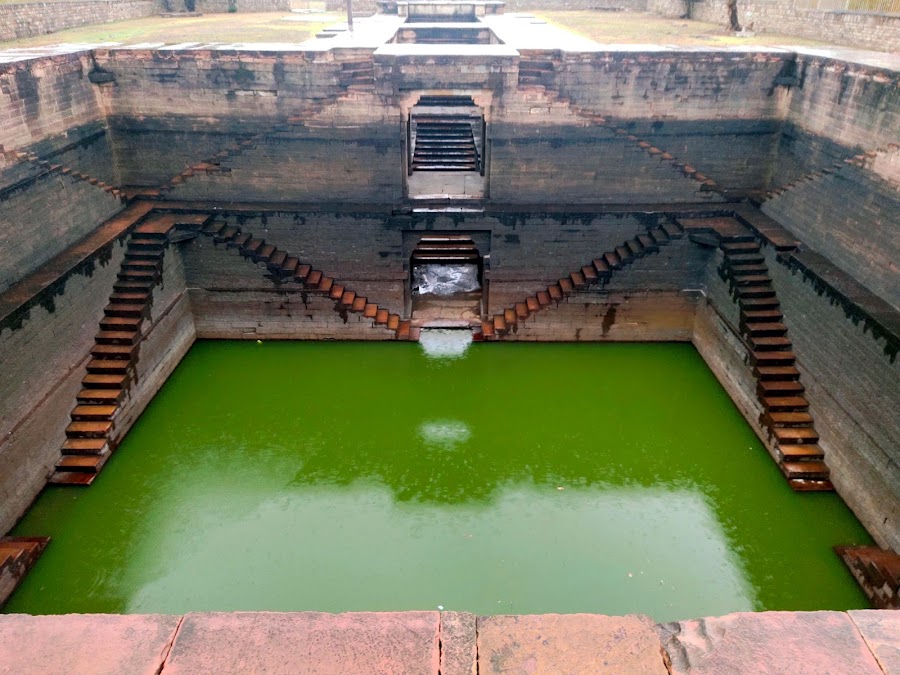
Battisi Bawdi
Chanderi, India
- Enjoy the serene and cool atmosphere.
- Explore the intricate stepwell architecture.
- Learn about ancient water harvesting techniques.
- Photography of the historical site.
Known for:
Description:
Battisi Bawdi is a magnificent stepwell located in Chanderi, Madhya Pradesh, India. It's a stunning example of ancient water harvesting and architectural brilliance. The 'Battisi' in its name refers to 'thirty-two', possibly indicating the number of steps or some other significant feature related to the structure. This well provided a crucial water source for the local community for centuries. Its intricate design and the sheer scale of the structure make it a captivating sight for tourists interested in historical architecture and engineering. The Bawdi offers a cool and serene atmosphere, providing a respite from the heat. Exploring the well allows visitors to appreciate the ingenuity of past civilizations and their sustainable practices. It's a must-visit destination for history buffs and architecture enthusiasts.
History:
The exact origins and construction period of Battisi Bawdi are somewhat shrouded in mystery, though it is believed to have been built during the medieval period, possibly under the rule of the Bundela Rajputs or the Delhi Sultanate. These stepwells were vital for water management in arid regions, providing a reliable source of water for drinking, irrigation, and other purposes. The architecture reflects a blend of Hindu and Islamic styles, showcasing the cultural fusion prevalent in the region. Over the centuries, the Bawdi has witnessed the rise and fall of empires, serving as a silent observer of Chanderi's rich history. While precise records are scarce, the structure's grandeur speaks volumes about the importance placed on water conservation and community welfare during its time.